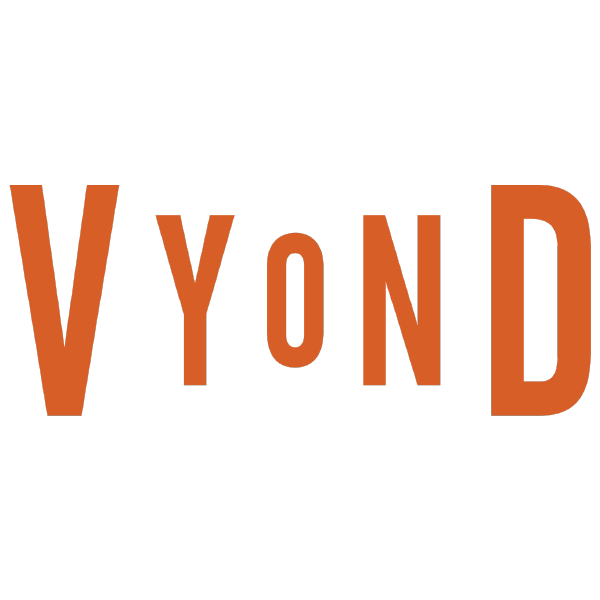ATD Blog
5 Steps for Animating Your Own Training Videos
Tue Jan 04 2022

Technology advancements are driving every aspect of business, and e-learning is no exception. Driven by an always-on, mobile culture, learners today have an “instant-gratification” mindset and are easily distracted by alerts from emails, text messages, and fitness trackers. For instructional designers and other e-learning pros, this means every second counts when fighting for attention, focus, and retention. How do you arrest attention away from everyday distractions and deliver engaging content?
At Vyond, we believe video is the answer.
There’s resounding agreement that video is an impressive catalyst for engagement in training and e-learning. Studies have shown that adding video to your content can improve the ability to remember concepts and details, with effects that even increase over time. Plus, your audience prefers video over static content like slide decks and PDF files—it’s more interesting.
Concise, animated videos are the perfect way to convey internal organization updates or change and transformation objectives. They’re efficient for employee onboarding, microlearning, or information that may require more of a human touch. Video is a great way to enhance information that has to be delivered as text or to explain a series of steps that your learners will need to revisit repeatedly. It’s also less expensive than in-person delivery, especially for a distributed workforce serviced by a small training team.
Ready to get started? Follow these five steps to create your own animated training videos.
1. Planning
Sometimes, a new video project seems to sprout wings on its own. You have a clear vision for the video you want to create, you know what problem it solves, and you can begin to imagine what the voiceover may sound like or what colors to use. More often, though, videos need some concerted thought before the idea can take shape. Even if you think you have a vague idea of what you want the video to be, taking just ten minutes to sit down and plan your video can help validate biases and explore whether your idea sticks.
2. Scripting
Scripting is an unskippable step whenever you develop a video. Even if you’re not writing the next box office blockbuster, there’s a lot we can learn from Hollywood screenwriters. Often, novice scriptwriters make the common mistake of only writing what the voiceover says. While narration can be an important element, it isn’t enough to tap into the rich potential of video. Format your script like a screenplay with stage directions, camera movement, and audio notes to make sure your finished video shares nonverbal information, too. To get started, think in terms of character, scenario, and story.
3. Storyboarding
A storyboard is a visualization format where you sketch your video’s scenes alongside key details and dialogue. Storyboarding is a crucial step to ensure your video employs visual storytelling and rich media. Otherwise, you’re just illustrating ideas, as in any old PowerPoint.
4. Animating
You’ve got a plan, a script, and a storyboard. Now, it’s time to produce your video! Animating your training video with a tool like Vyond Studio saves the hassle and cost of traditional video production while giving you the ability to collaborate with team members. This approach also makes it easy to edit, update, and iterate upon your videos. (Plus, animation is just fun!) The best place to start is to recreate your storyboard images in Vyond Studio. Then, you can keep building out your scenes with these tips in mind.
5. Publishing
Just because your video is done doesn’t mean your work is! How you distribute your content is just as important as what’s in it. You may already be familiar with popular hosting solutions like YouTube. These easy, accessible platforms are great for general use. If you’re looking for more business-oriented hosting solutions, you may want to explore alternatives like Wistia. If you want to include interactivity or integrate the videos within a more robust e-learning experience, you’ll need to find a proper learning management system (LMS) to distribute your videos.

